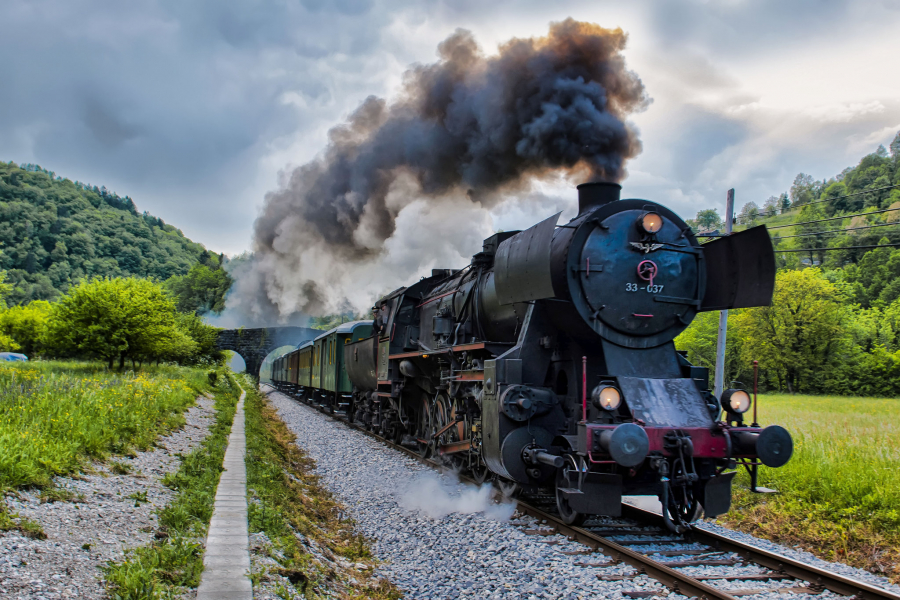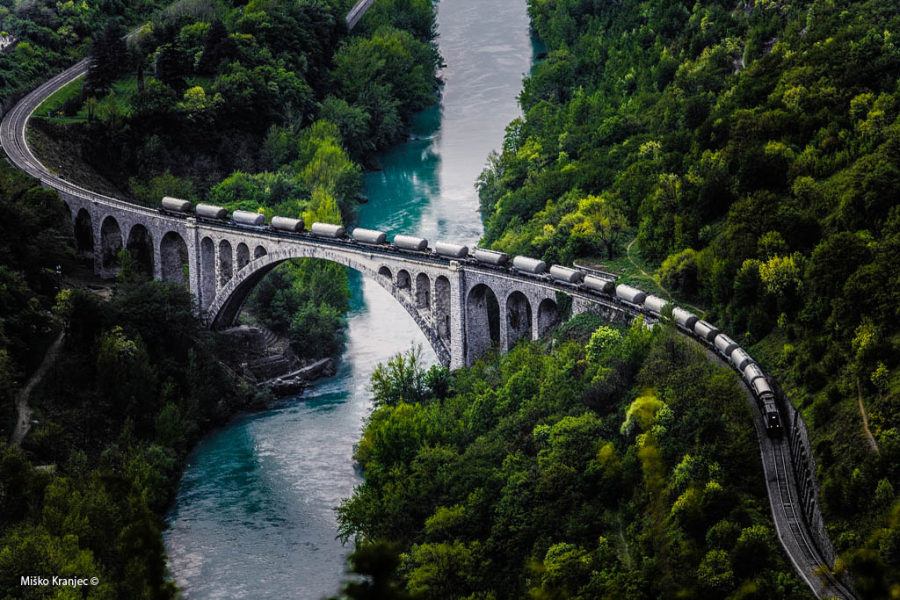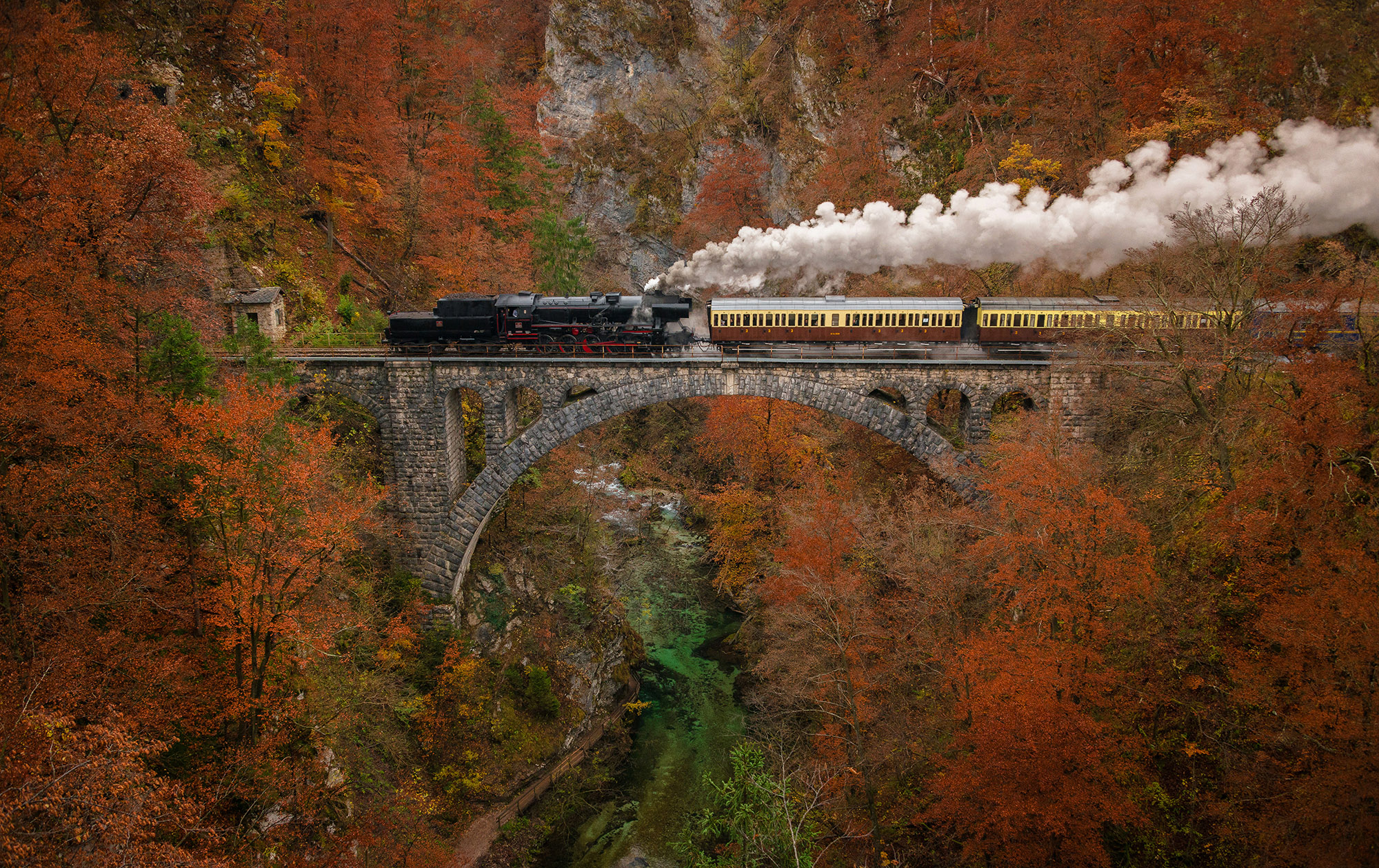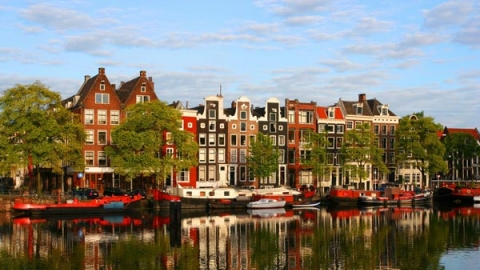Construction of the railway began in 1900 and was completed in 1906 by the Austro-Hungarian government as a regional transport artery, connecting Western Austria and Southern Germany with the port of Trieste. Starting in Jesenice, the southernmost point of the Karawanks Tunnel, the Bohinj Railway crosses the Julian Alps via the Bohinj Tunnel, passing through the town of Nova Gorica before crossing the Italian border and ending in Trieste.

During World War I, the line was used to transport troops and much of Austria's military supplies to the Isonzo front. But after the dissolution of the Austro-Hungarian Empire in 1918 and the establishment of the Communist Government in Yugoslavia in 1945, the Bohinj Railway lost its former importance. However, Slovenia's accession to the European Union has opened up new prospects for the Bohinj Railway, not only as a convenient freight railway but also as a tourist route, serving passengers from Central and Eastern Europe to the port of Trieste.
If you want to experience "time travel" with Bohinj Railway, you cannot miss the museum train. During the nearly 2-hour train ride starting in Bohinj, the guide and entertainment staff will help you experience a real historical adventure and enjoy the beautiful scenery. If you want, after the trip is over, you can still continue the trip to Brda Hills, Slovenia's famous European culinary land.
The railway runs through 28 tunnels, 5 valleys and at least 65 bridges, the most notable of which are the 6,339-meter-long Bohinj tunnel at the foot of the 1,498-meter-high Kobla mountain and the Solkan Bridge, the largest stone railway bridge with an 85-meter-wide arch over the Soča River.

Solkan Bridge over the Soča River
Since 1986, the Bohinj Railway has been a favorite choice for many travelers, helping them discover the majestic landscapes from Vienna (Austria) to Munich (Germany) and across the Mediterranean in a completely different way with experiences reminiscent of a glorious history.





















.jpg.jpg)




.jpg.jpg)







